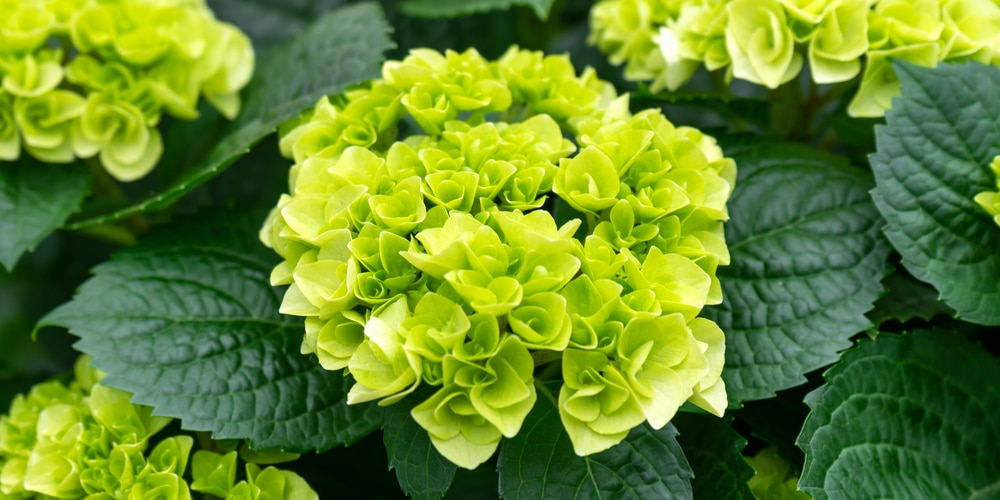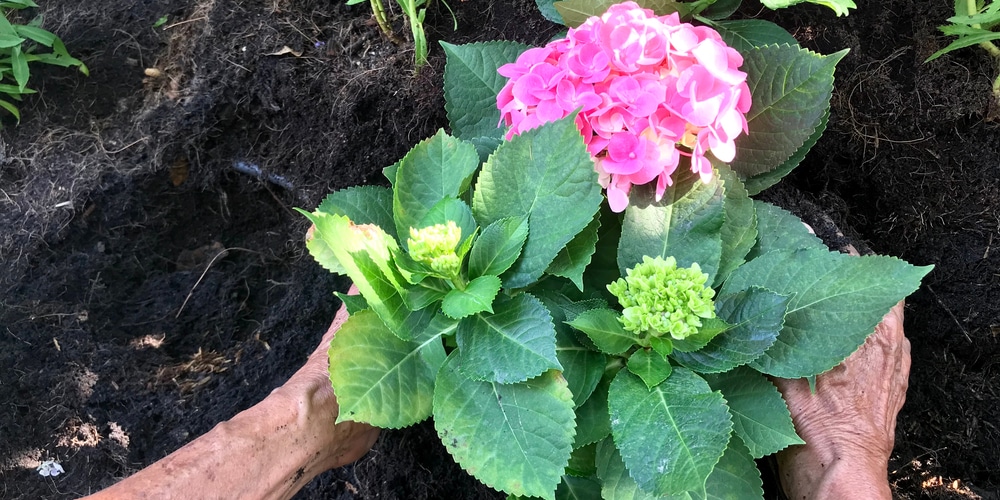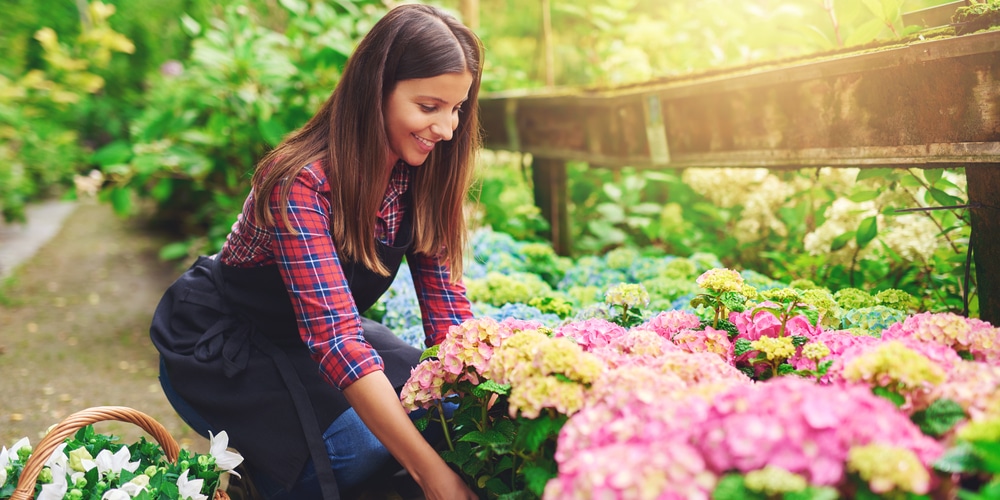If you have hydrangeas planted near your home, you may wonder if the roots will damage your pipes. In this blog post, we will answer that question and provide tips on protecting your pipes from hydrangea roots.
What Are Hydrangeas

Hydrangeas are a type of flowering shrub that is native to Asia and North America. There are over 30 different hydrangea species, and they come in a wide variety of colors, including white, pink, blue, and purple.
The flower heads are typically large and full, making them popular for bouquets and other floral arrangements. Hydrangeas are relatively easy to care for, and they can thrive in both sun and shade.
When planting hydrangeas, be sure to choose a location with well-drained soil. With proper care, these beautiful shrubs can provide years of enjoyment.
Do Hydrangea Roots Damage Pipes?
Given their vigorous growth and abundant blossoms, it’s easy to assume that Hydrangeas must have deep, sturdy roots. Interestingly enough, however, Hydrangea roots are quite shallow.
They don’t develop a central taproot like many other shrubs and flowers; instead, they grow in a loose, spreading mass of fibers often referred to as a root ball.
This shallow root system has some advantages – for example. It makes Hydrangeas easier to transplant than plants with deep taproots.
However, it also means that Hydrangeas are more susceptible to drought and need to be watered more frequently than other plants. Despite this extra care, Hydrangeas are still a popular choice for gardens due to their showy blooms and relatively low maintenance needs.
Most Hydrangea’s roots stay in the upper six inches of soil, but they can spread horizontally. It’s not uncommon for gardeners to find wayward Hydrangea stems in their walkways or well outside the main plant mass.
You can assume that Hydrangea roots extend at least an inch or two past the dripline (the horizontal circumference of the plant’s leaves). So, when planting Hydrangeas, give them plenty of room to spread out. And, if you’re trying to contain them, be sure to bury any wayward roots that you come across. You can keep your Hydrangeas healthy and under control with a little care.
Is It Safe To Plant Near Your House?
Most people think that having shallow roots is bad for a plant. After all, shallow roots are more likely to be damaged in a storm, and they don’t have access to as much water as deep-rooted plants.
However, there are some advantages to having shallow roots. For one thing, shallow-rooted plants are less likely to damage foundations and other hardscaping features. This is because their roots are less likely to penetrate cracks and crevices in search of moisture.
Additionally, shallow-rooted plants are often more drought tolerant than deep-rooted plants. This is because they can reach the water table more easily and don’t have to work as hard to pull water up from the depths of the soil.
Hydrangeas do best with at least three feet of space from obstacles or other plants. Taller varieties may need close to ten feet. The main reason for this is the health of the plant.
Hydrangeas need room to spread out, and if they’re too close to your house or another plant, they may not get enough air circulation or sunlight. In addition, they may be more prone to disease and pests. So when you’re planning your garden, make sure to give your hydrangeas some room to grow.
Will hydrangea roots damage pipes: Final Thoughts
While hydrangeas are generally low-maintenance plants, they require some care to ensure they thrive.
Be sure to plant them in a location with well-drained soil and give them plenty of space to spread out. With a little TLC, you can enjoy these beautiful shrubs for many years to come.

